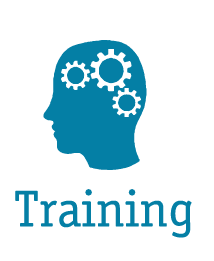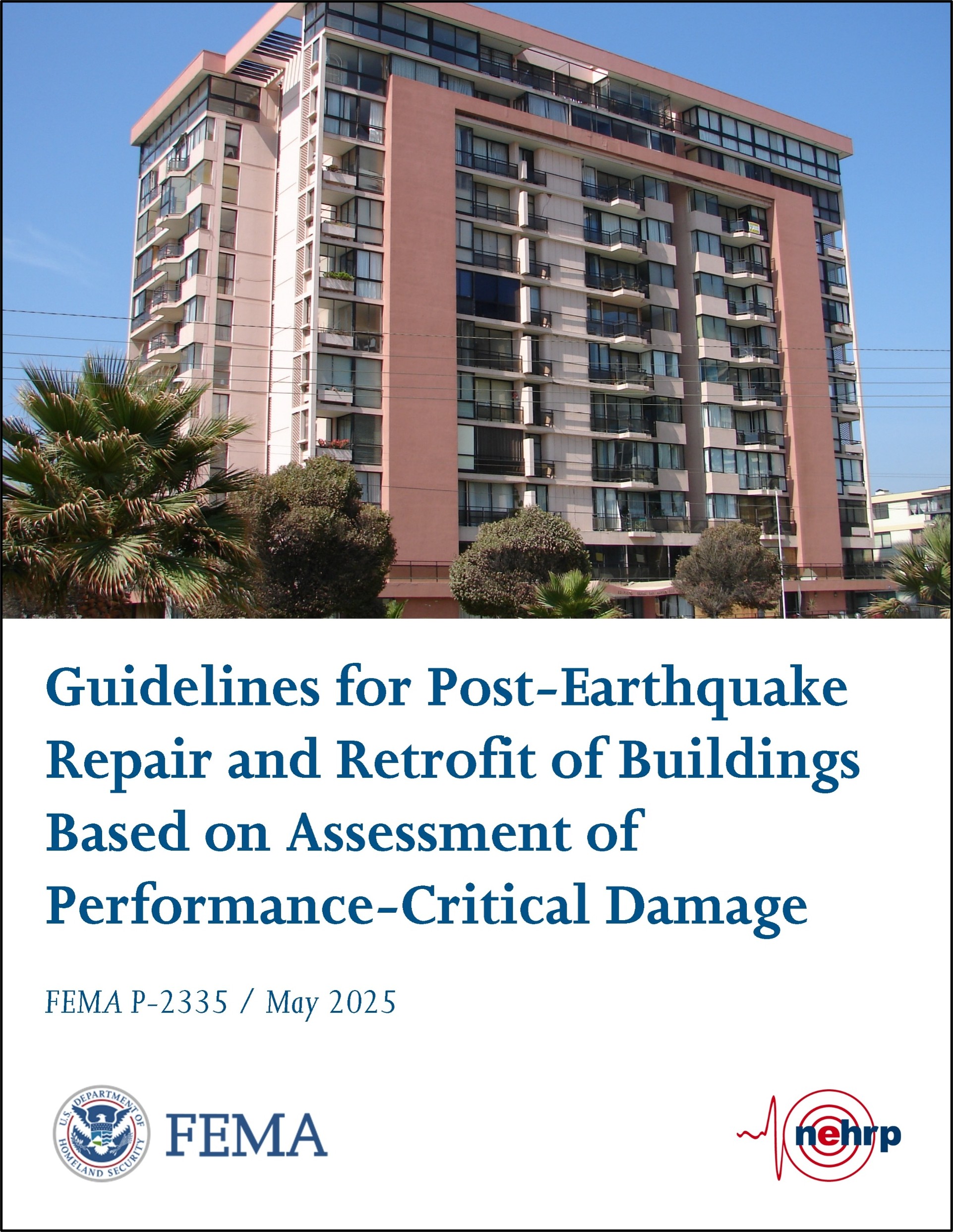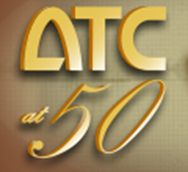COMPLETED PUBLICATIONS
2019
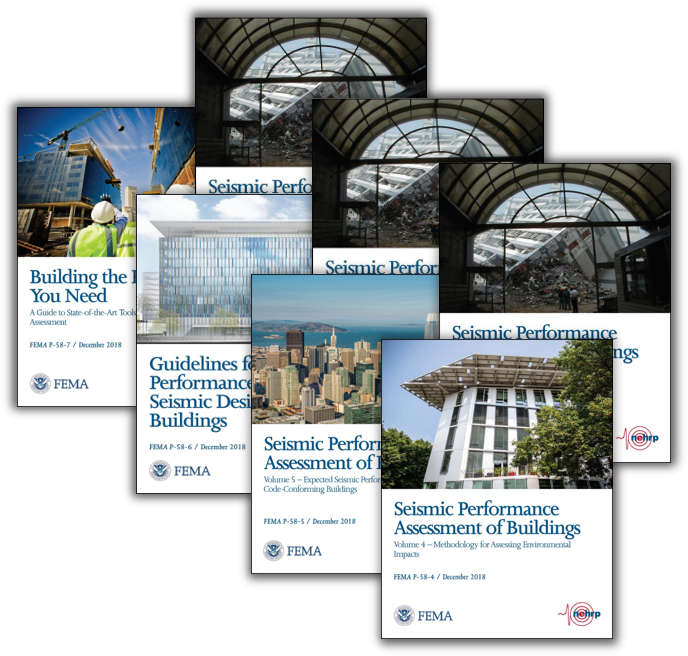
FEMA P-58 Series
FEMA P-58-1, Seismic Performance Assessment of Buildings, Volume 1 – Methodology, Second Edition
FEMA P-58-2, Seismic Performance Assessment of Buildings, Volume 2 – Implementation Guide, Second Edition
FEMA P-58-3, Seismic Performance Assessment of Buildings, Volume 3 – Supporting Electronic Materials, Third Edition
FEMA P-58-4, Seismic Performance Assessment of Buildings, Volume 4 – Methodology for Assessing Environmental Impacts
FEMA P-58-5, Seismic Performance Assessment of Buildings, Volume 5 – Expected Seismic Performance of Code-Conforming Buildings
FEMA P-58-6, Guidelines for Performance-Based Seismic Design of Buildings
FEMA P-58-7, Building the Performance You Need, A Guide to State-of-the Art Tools for Seismic Design and Assessment
FEMA P-58 CD, Seismic Performance Assessment of Buildings, Methodology and Implementation, Third Edition
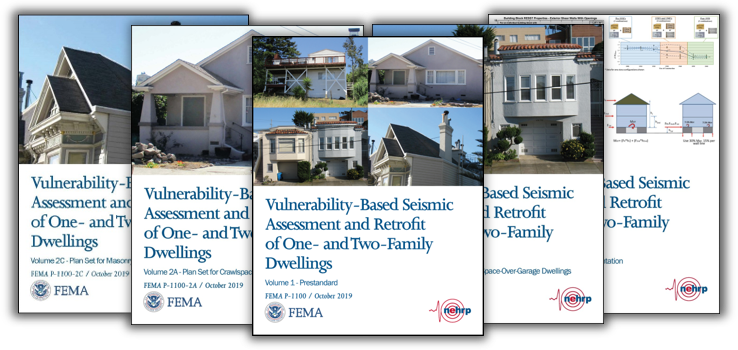 FEMA P-1100 Series
FEMA P-1100 Series
FEMA P-1100, Vulnerability-Based Seismic Assessment and Retrofit of One- and Two-Family Dwellings, Volume 1 – Prestandard
FEMA P-1100-2A, Vulnerability-Based Seismic Assessment and Retrofit of One- and Two-Family Dwellings, Volume 2A – Plan Set for Crawlspace Dwellings
FEMA P-1100-2B, Vulnerability-Based Seismic Assessment and Retrofit of One- and Two-Family Dwellings, Volume 2B – Plan Set for Living-Space-Over-Garage Dwellings
FEMA P-1100-2C, Vulnerability-Based Seismic Assessment and Retrofit of One- and Two-Family Dwellings, Volume 2C – Plan Set for Masonry Chimneys
FEMA P-1100-3, Vulnerability-Based Seismic Assessment and Retrofit of One- and Two-Family Dwellings, Volume 3 – Background Documentation
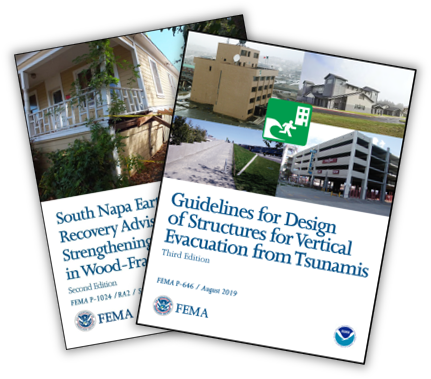 |
Updated Reports
FEMA P-646, Guidelines for Design of Structures for Vertical Evacuation from Tsunamis, Third Edition
FEMA P-1024/RA2, South Napa Earthquake Advisory: Earthquake Strengthening of Cripple Walls in Wood-Frame Dwellings, Second Edition
Seismic Risk Assessment
FEMA P-2018, Seismic Evaluation of Older Concrete Buildings for Collapse Potential
ATC-119-1, San Francisco Tall Buildings Study
ATC-142, Safety Prioritization of School Buildings for Seismic Retrofit Using Performance-Based Risk Assessment in the Kyrgyz Republic
|
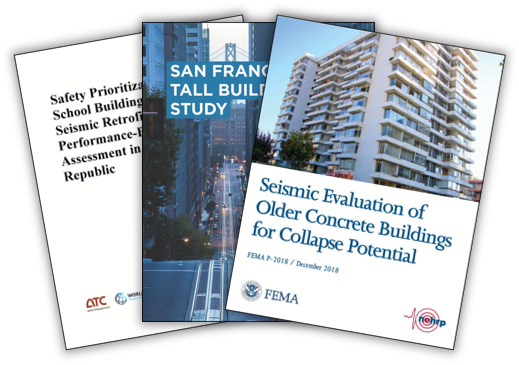 |
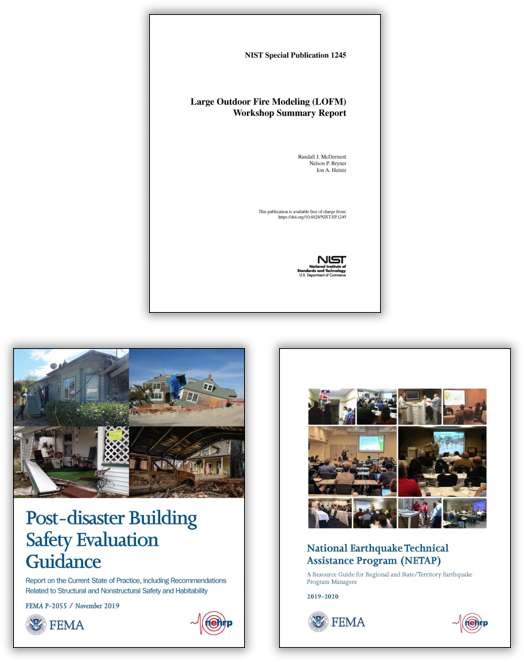
Fire Modeling
NIST Special Publication 1245, Large Outdoor Fire Modeling (LOFM) Workshop Summary Report
Guidance and Continued Education
FEMA P-2055, Post-disaster Building Safety Evaluation Guidance –Report on the Current State of Practice, including Recommendations Related to Structural and Nonstructural Safety and Habitability
ATC-66-11, National Earthquake Technical Assistance Program (NETAP), A Resource Guide for Regional and State/Territory Earthquake Program Managers—2019-2020

